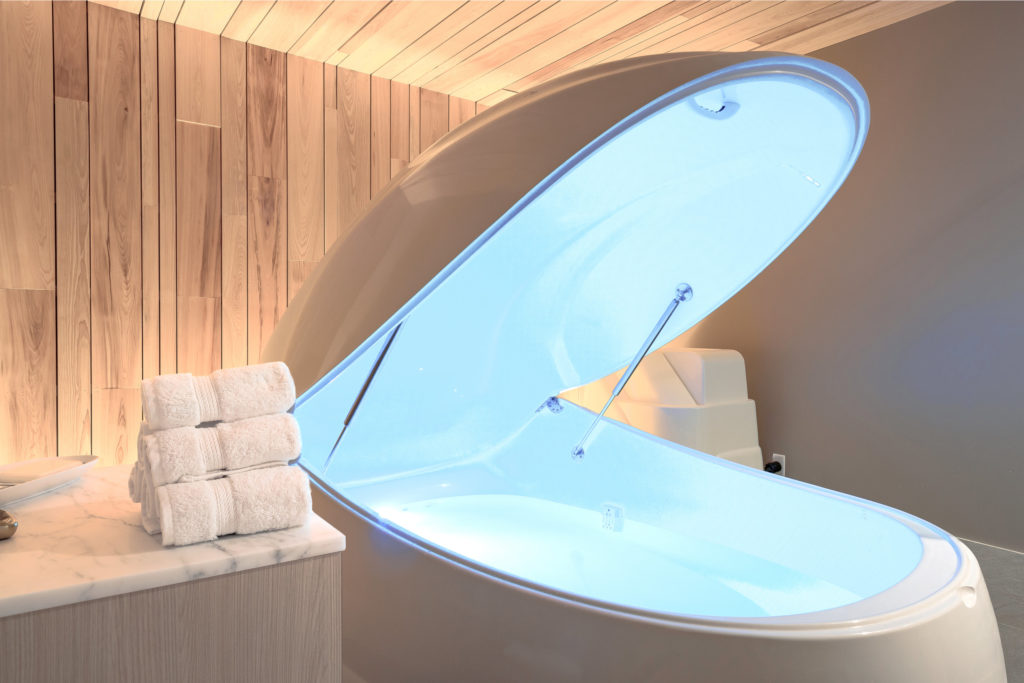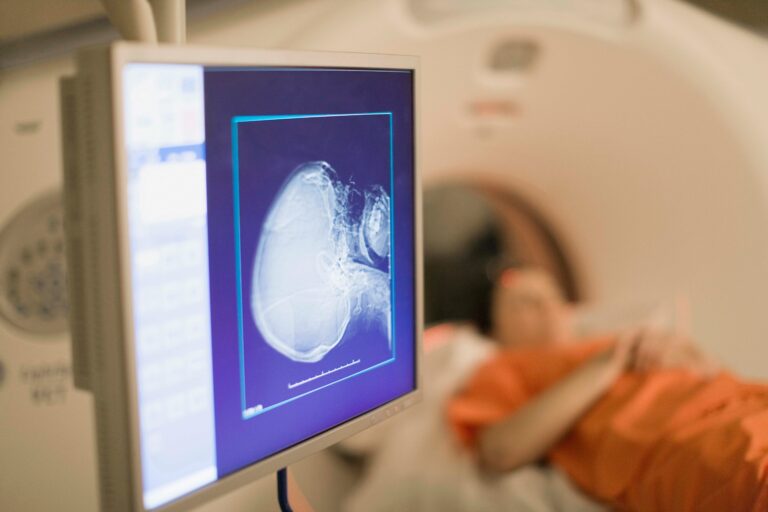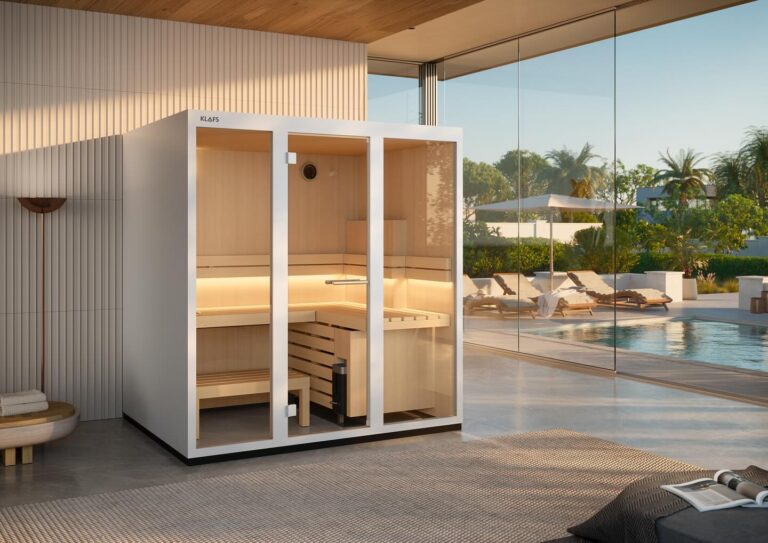Forget ice baths. The recovery world is buzzing with remedies from IV drips to infrared saunas to help upgrade your post-exercise regimen.
What it is: A subcategory of exercise science, recovery describes the restoration of physiological and psychological processes.
Why it’s happening: In the age of biohacking, recovery has become inseparable from performance. Elite athletes, celebrities, and fitness fanatics alike are spending big on esoteric treatments. A billion-dollar opportunity, recovery is set for success:
- The global sports medicine market, including athletic recovery, will surpass $9.5B by 2027.
- The global wearable technology market, including recovery trackers like WHOOP and Oura, is projected to top $265B in five years.
A result of the pandemic, consumers are more concerned than ever about their health, from sleeping better to living longer. Fulfilling these desires, recovery businesses are cashing in:
- Pause, a wellness studio in LA offering cryotherapy, IV vitamin drips, and flotation therapy, raised $2M in seed funding in June.
- Hydra Studios raised $3.8M last year to build out its network of elevated wellness studios, complete with infrared saunas, steam rooms, and meditation spaces.
Massage wars. In June, percussive gun startup Hyperice acquired mental wellness company Core, marking its third acquisition after Normatec and RecoverX. The acquisitions mirror Therabody’s recent takeovers of PowerDot ($34M) and RP Sports.
Does it work? Studies done on emerging tech are few and far between, with mixed results for varying treatments. Scientists found that infrared saunas relieve chronic pain and reduce inflammation, while cryotherapy may actually have adverse effects on recovery.
The bottom line: Most high-tech recovery treatments remain prohibitively expensive. Recovery studios like Remedy Place, which sets you back $2,500/month, seem reserved for the 1% with cash to burn. Dr. Dan Chavira, an emergency room physician, questions the sustainability of extreme wealth and health for a tiny subset of people:
“People have gotten more and more drawn to [taking care of themselves], even though we know that when we take care of other people, we live longer.”
Next up, tourniquets in Tokyo. A new recovery trend at the Olympics, athletes are restricting their blood flow to increase muscular strength.






